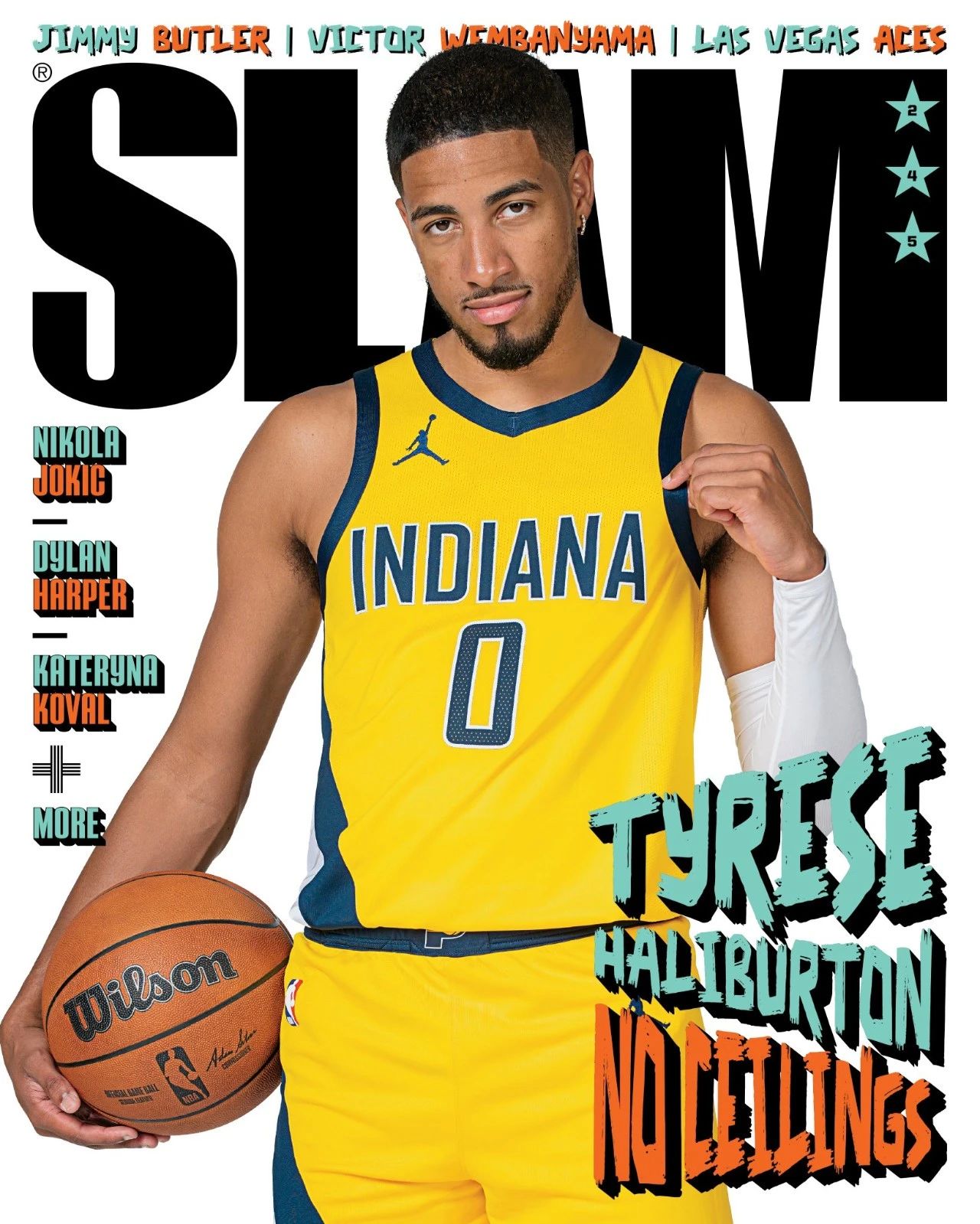In yesterday’s 140-123 comeback win over the Raptors, we saw Tyrese Haliburton drop 30 points again, keeping the Pacers a step ahead of the play-in tournament pack.
Haliburton doesn’t often score 30+—in fact, this was his first 30-point game in over three months, dating back to before his thigh injury sidelined him. He’s notched nine 30-point games this season, including two 40-point outbursts.
Fans love seeing Haliburton go off for big numbers—he’s a fan favorite with sky-high popularity. But he’s a pass-first point guard, a rarity among today’s young lead guards. He won’t unleash a scoring barrage unless absolutely necessary.
What forced Haliburton to take over? The Pacers faced another slow start against the rebuilding Raptors, falling behind by double digits in just 3.5 minutes. But starting in the second quarter, Haliburton ignited Indiana’s trademark high-octane offense—lockdown defense leading to blistering fast breaks. They dropped 115 points over the final three quarters.
We know referees have been letting more contact slide since the All-Star break, but Haliburton led the Pacers to their ninth 140+ point game this season.
The Pacers’ style perfectly mirrors Indianapolis’ reputation as a racing capital, and it’s all thanks to assist leader Tyrese Haliburton. If the Pacers are a race car, he’s the high-octane engine.
Even as a rookie, Haliburton averaged 13+5 in 58 games (just 20 starts). By his second season, starting for the Kings, his assists jumped to 7.4 per game in 51 outings.
Then came the six-player trade: the Kings dealt Haliburton to land Domantas Sabonis.
Guiding the Pacers is 60-something head coach Rick Carlisle, a 1,750+ game veteran with a championship ring. But concerns weren’t about his Xs and Os—Carlisle’s old-school, sideline-barking, control-freak style clashed with guys like Jason Kidd and Rajon Rondo. Haliburton even got a text from Rondo: “Good luck.”
Turns out, Haliburton’s worries were misplaced. Carlisle had eyed him for years—back in 2020, as Mavs coach, he pushed to trade up for Haliburton, but they stayed at 18th pick, too far away.
Despite his age, Carlisle isn’t stuck in the past. He overhauled his defensive, slow-tempo, grind-it-out system for Haliburton. “Right away, Carlisle and I clicked,” says Haliburton. “I knew about his history with other guards, but I saw a fresh start here.”
With the NBA speeding up, Carlisle let Haliburton run wild. In his first full season, Indiana’s pace rocketed to 4th in the league; they cracked the top 10 in scoring, three-point attempts/makes, and assists. This season, they lead the NBA in scoring (123 PPG) and assists, rank 2nd in pace, and even reached the In-Season Tournament final.
The Pacers play must-see basketball—nonstop action.
Labels like “superstar” are subjective, but Haliburton’s trajectory says it all. He’s on track to join that elite tier.
In Indiana’s system, Haliburton hit double-digit assists last season and is over 11 this year. As long as he stays and the system holds, he’ll be an assist leader for years. Think John Stockton, Jason Kidd, Chris Paul—how they’re revered.
Off the court, Haliburton’s image is spotless: smiling, humble, charismatic. He’s a natural-born idol.
The small-market Pacers saw his potential, handing him a 5-year, $200+ million max deal last summer—with a “supermax” option. That would bump his first-year salary from 25% to 30% of the cap, pushing the total to $260 million.
The catch? He needs an MVP/DPOY award or at least an All-NBA team selection. Making an All-NBA team is most realistic, but he must play 65 games. Haliburton missed 10 games in January and 3 earlier, so he griped publicly: “The NBA’s new rule is stupid.”
Thankfully, he’s played every game since January 30th, totaling 67 appearances.
Even without the supermax, $200 million is nothing to sneeze at—especially for a 23-year-old.
